Home / lakshadweep / Unprecedented Discovery: Ancient European Warship Wreck Found Near Lakshadweep, Raising New Questions About Maritime History
Unprecedented Discovery: Ancient European Warship Wreck Found Near Lakshadweep, Raising New Questions About Maritime History
By: My India Times
6 minutes read 86Updated At: 2025-03-06

Divers Stumble Upon a Mysterious Shipwreck Near Kalpeni Island, Unveiling a Piece of Lost Naval History
In a groundbreaking discovery, a team of deep-sea divers exploring the waters near Kalpeni Island in the Lakshadweep archipelago has uncovered what appears to be the remains of a centuries-old warship, believed to have belonged to a European naval fleet from the 17th or 18th century.
The shipwreck, previously undocumented in the region, is already drawing the attention of maritime historians and archaeologists who believe it could hold critical clues about historical naval conflicts, trade routes, and the expansion of colonial powers in the Indian Ocean.
A Forgotten Warship Beneath the Waves: The Significance of This Discovery
This unexpected discovery has raised excitement among experts, as the shipwreck—most likely a Portuguese, British, or Dutch warship—could be directly linked to historical battles fought for dominance over Indian Ocean trade routes.
Experts believe the ship may have been part of a military convoy or an armed merchant vessel that either sank during combat, was caught in a storm, or was abandoned due to structural failures.
The condition of the wreckage, extensive coral growth, and the presence of a cannon strongly indicate that it has remained submerged for at least two to three centuries.
A European Warship From the 17th or 18th Century? Experts Analyze the Ship’s Origins
Initial assessments of the ship’s structure, materials, and artifacts suggest that it belonged to a European power that actively traded and fought for control over the lucrative spice and textile trade routes.
According to Idrees Babu, a scientist at the Department of Science and Technology and a mentor to the divers’ group, the presence of a cannon and the size of the wreck suggest it was likely a warship, possibly built using iron or a combination of iron and wood—a common construction style of the era.
“The coral growth on the wreckage and its level of corrosion make it difficult to determine whether the ship was fully made of iron or had wooden components. However, the ship’s design and size point to it being a military vessel or an armed trading ship, used extensively by the Portuguese, British, or Dutch navies during their time in the Indian Ocean,” Babu explained.
Hidden Beneath the Ocean for Centuries: What the Wreckage Reveals About Colonial-Era Naval Warfare
The location of the wreck on the western side of Kalpeni Island suggests that the ship may have either been involved in a battle or was attempting to navigate through the region when it met its unfortunate fate.
Satyajit Mane, the lead diver of the exploration team, highlighted that the size of the ship—estimated to be around 50 to 60 meters in length—aligns with naval warships of the 17th and 18th centuries.
“The East India Company and other European naval forces started using iron-reinforced ships on this trade route during the 17th century, and this discovery suggests that Lakshadweep played a larger role in historical maritime activities than previously thought,” Mane said.
A Lost Chapter of History? The Shipwreck’s Connection to Maritime Conflicts of the Indian Ocean
Historians believe that the shipwreck could be linked to some of the most intense maritime conflicts that took place between European colonial powers in the Indian Ocean.
During the 17th and 18th centuries, the British, Portuguese, and Dutch navies frequently clashed over control of trade routes between the Middle East, India, and Sri Lanka, as they sought to dominate the spice trade, textile exports, and maritime commerce.
The presence of a large anchor and a mounted cannon suggests that the ship was not a simple merchant vessel but an armed military or trading ship, possibly engaged in battles against rival European forces or local resistance groups in the Indian Ocean.
Next Steps: Why This Discovery Requires Urgent Underwater Archaeological Investigation
While the initial findings are exciting, experts stress that detailed underwater archaeological studies are needed to determine the ship’s exact origins, purpose, and historical significance.
Maritime archaeologists are now calling for immediate protective measures to preserve the site until a full-scale investigation can be conducted.
According to Idrees Babu, the site must be protected from treasure hunters and unauthorized divers until experts can safely recover historical artifacts that may provide further insight into the ship’s nationality, purpose, and cause of sinking.
"We need a scientific expedition to analyze the wreckage, document its features, and possibly recover important artifacts. Until then, the area must be preserved as a historical maritime heritage site,” he added.
A Remarkable Discovery That Could Rewrite Lakshadweep’s Role in Maritime History
This shipwreck discovery could rewrite the history of Lakshadweep’s role in colonial maritime trade and naval warfare, revealing how the archipelago was not just a remote island chain but a crucial point in the struggles between European empires.
If further studies confirm the ship’s European origins, it would cement Lakshadweep’s place in global naval history, offering new insights into how colonial powers navigated, traded, and fought in the Indian Ocean.
Final Thoughts: A New Era of Maritime Discoveries in Lakshadweep?
As technology and interest in underwater archaeology continue to grow, this latest discovery raises hopes for even more lost historical treasures waiting to be uncovered beneath the ocean.
This European warship wreck near Kalpeni Island is a monumental discovery, proving that Lakshadweep’s waters hold deep, untold secrets of the past.
With further studies and explorations, this discovery could become one of the most significant underwater archaeological finds in India, drawing historians, researchers, and global travelers eager to learn about the untold stories of the Indian Ocean’s maritime legacy.
....Divers Stumble Upon a Mysterious Shipwreck Near Kalpeni Island, Unveiling a Piece of Lost Naval History
In a groundbreaking discovery, a team of deep-sea divers exploring the waters near Kalpeni Island in the Lakshadweep archipelago has uncovered what appears to be the remains of a centuries-old warship, believed to have belonged to a European naval fleet from the 17th or 18th century.
The shipwreck, previously undocumented in the region, is already drawing the attention of maritime historians and archaeologists who believe it could hold critical clues about historical naval conflicts, trade routes, and the expansion of colonial powers in the Indian Ocean.
A Forgotten Warship Beneath the Waves: The Significance of This Discovery
This unexpected discovery has raised excitement among experts, as the shipwreck—most likely a Portuguese, British, or Dutch warship—could be directly linked to historical battles fought for dominance over Indian Ocean trade routes.
Experts believe the ship may have been part of a military convoy or an armed merchant vessel that either sank during combat, was caught in a storm, or was abandoned due to structural failures.
The condition of the wreckage, extensive coral growth, and the presence of a cannon strongly indicate that it has remained submerged for at least two to three centuries.
A European Warship From the 17th or 18th Century? Experts Analyze the Ship’s Origins
Initial assessments of the ship’s structure, materials, and artifacts suggest that it belonged to a European power that actively traded and fought for control over the lucrative spice and textile trade routes.
According to Idrees Babu, a scientist at the Department of Science and Technology and a mentor to the divers’ group, the presence of a cannon and the size of the wreck suggest it was likely a warship, possibly built using iron or a combination of iron and wood—a common construction style of the era.
“The coral growth on the wreckage and its level of corrosion make it difficult to determine whether the ship was fully made of iron or had wooden components. However, the ship’s design and size point to it being a military vessel or an armed trading ship, used extensively by the Portuguese, British, or Dutch navies during their time in the Indian Ocean,” Babu explained.
Hidden Beneath the Ocean for Centuries: What the Wreckage Reveals About Colonial-Era Naval Warfare
The location of the wreck on the western side of Kalpeni Island suggests that the ship may have either been involved in a battle or was attempting to navigate through the region when it met its unfortunate fate.
Satyajit Mane, the lead diver of the exploration team, highlighted that the size of the ship—estimated to be around 50 to 60 meters in length—aligns with naval warships of the 17th and 18th centuries.
“The East India Company and other European naval forces started using iron-reinforced ships on this trade route during the 17th century, and this discovery suggests that Lakshadweep played a larger role in historical maritime activities than previously thought,” Mane said.
A Lost Chapter of History? The Shipwreck’s Connection to Maritime Conflicts of the Indian Ocean
Historians believe that the shipwreck could be linked to some of the most intense maritime conflicts that took place between European colonial powers in the Indian Ocean.
During the 17th and 18th centuries, the British, Portuguese, and Dutch navies frequently clashed over control of trade routes between the Middle East, India, and Sri Lanka, as they sought to dominate the spice trade, textile exports, and maritime commerce.
The presence of a large anchor and a mounted cannon suggests that the ship was not a simple merchant vessel but an armed military or trading ship, possibly engaged in battles against rival European forces or local resistance groups in the Indian Ocean.
Next Steps: Why This Discovery Requires Urgent Underwater Archaeological Investigation
While the initial findings are exciting, experts stress that detailed underwater archaeological studies are needed to determine the ship’s exact origins, purpose, and historical significance.
Maritime archaeologists are now calling for immediate protective measures to preserve the site until a full-scale investigation can be conducted.
According to Idrees Babu, the site must be protected from treasure hunters and unauthorized divers until experts can safely recover historical artifacts that may provide further insight into the ship’s nationality, purpose, and cause of sinking.
"We need a scientific expedition to analyze the wreckage, document its features, and possibly recover important artifacts. Until then, the area must be preserved as a historical maritime heritage site,” he added.
A Remarkable Discovery That Could Rewrite Lakshadweep’s Role in Maritime History
This shipwreck discovery could rewrite the history of Lakshadweep’s role in colonial maritime trade and naval warfare, revealing how the archipelago was not just a remote island chain but a crucial point in the struggles between European empires.
If further studies confirm the ship’s European origins, it would cement Lakshadweep’s place in global naval history, offering new insights into how colonial powers navigated, traded, and fought in the Indian Ocean.
Final Thoughts: A New Era of Maritime Discoveries in Lakshadweep?
As technology and interest in underwater archaeology continue to grow, this latest discovery raises hopes for even more lost historical treasures waiting to be uncovered beneath the ocean.
This European warship wreck near Kalpeni Island is a monumental discovery, proving that Lakshadweep’s waters hold deep, untold secrets of the past.
With further studies and explorations, this discovery could become one of the most significant underwater archaeological finds in India, drawing historians, researchers, and global travelers eager to learn about the untold stories of the Indian Ocean’s maritime legacy.
By: My India Times
Updated At: 2025-03-06
Tags: lakshadweep News | My India Times News | Trending News | Travel News
Join our WhatsApp Channel




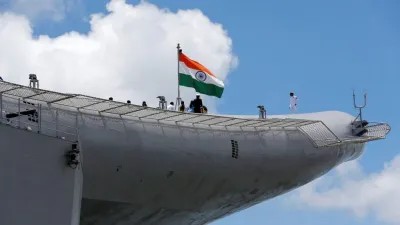










.jfif)
























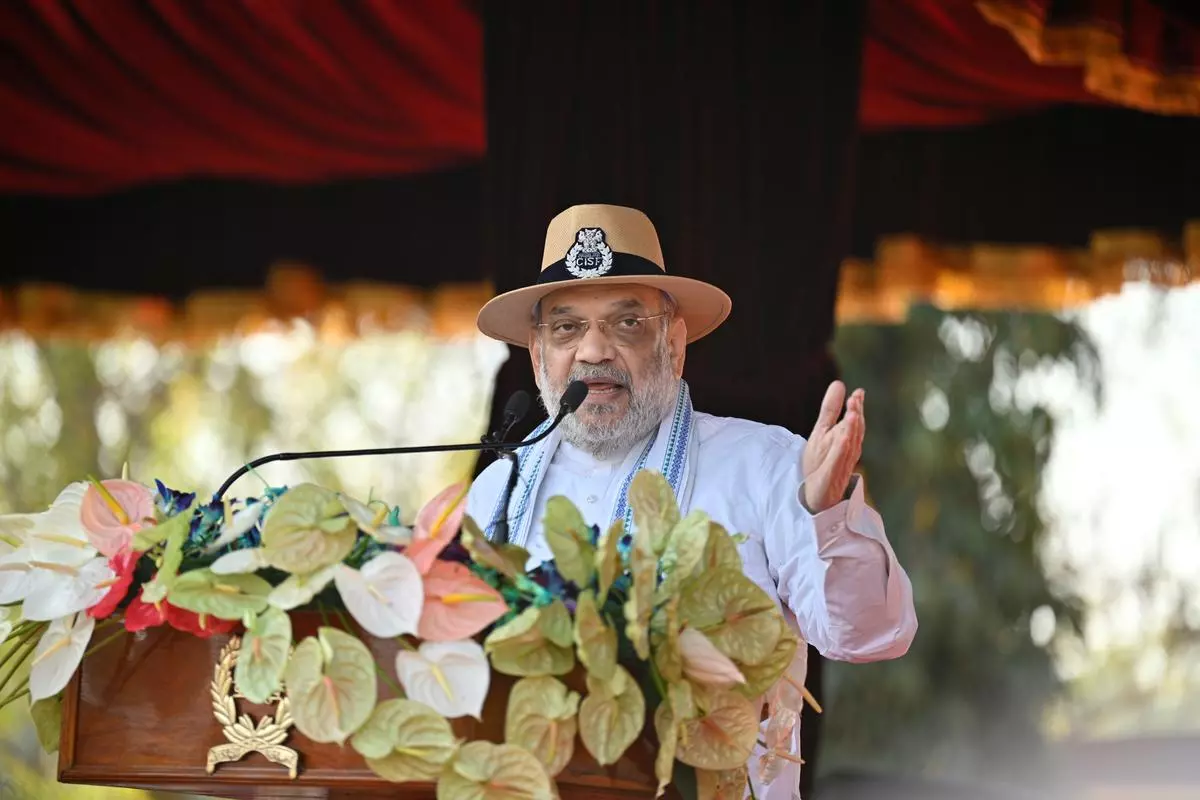




















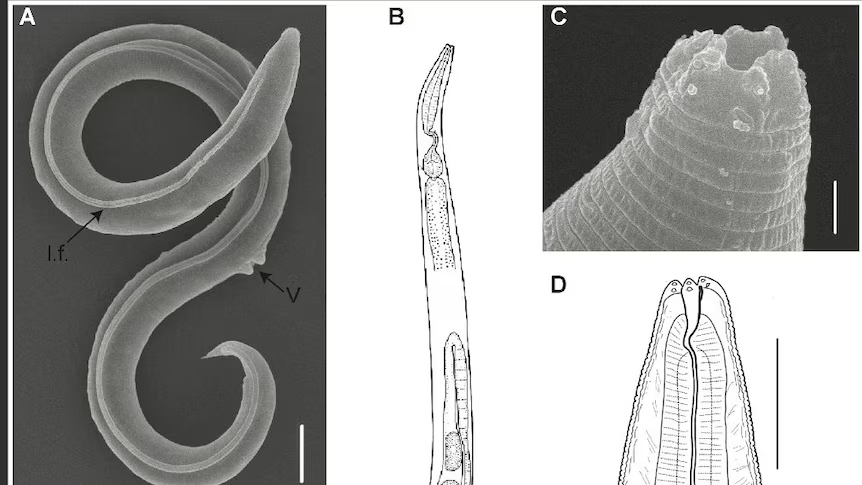









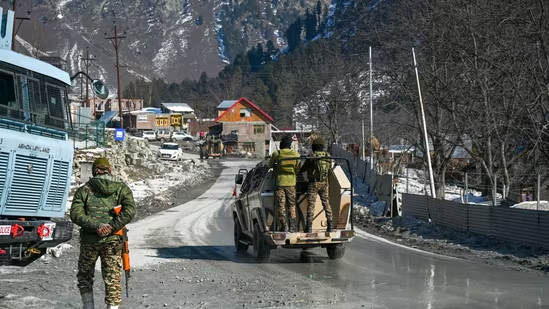







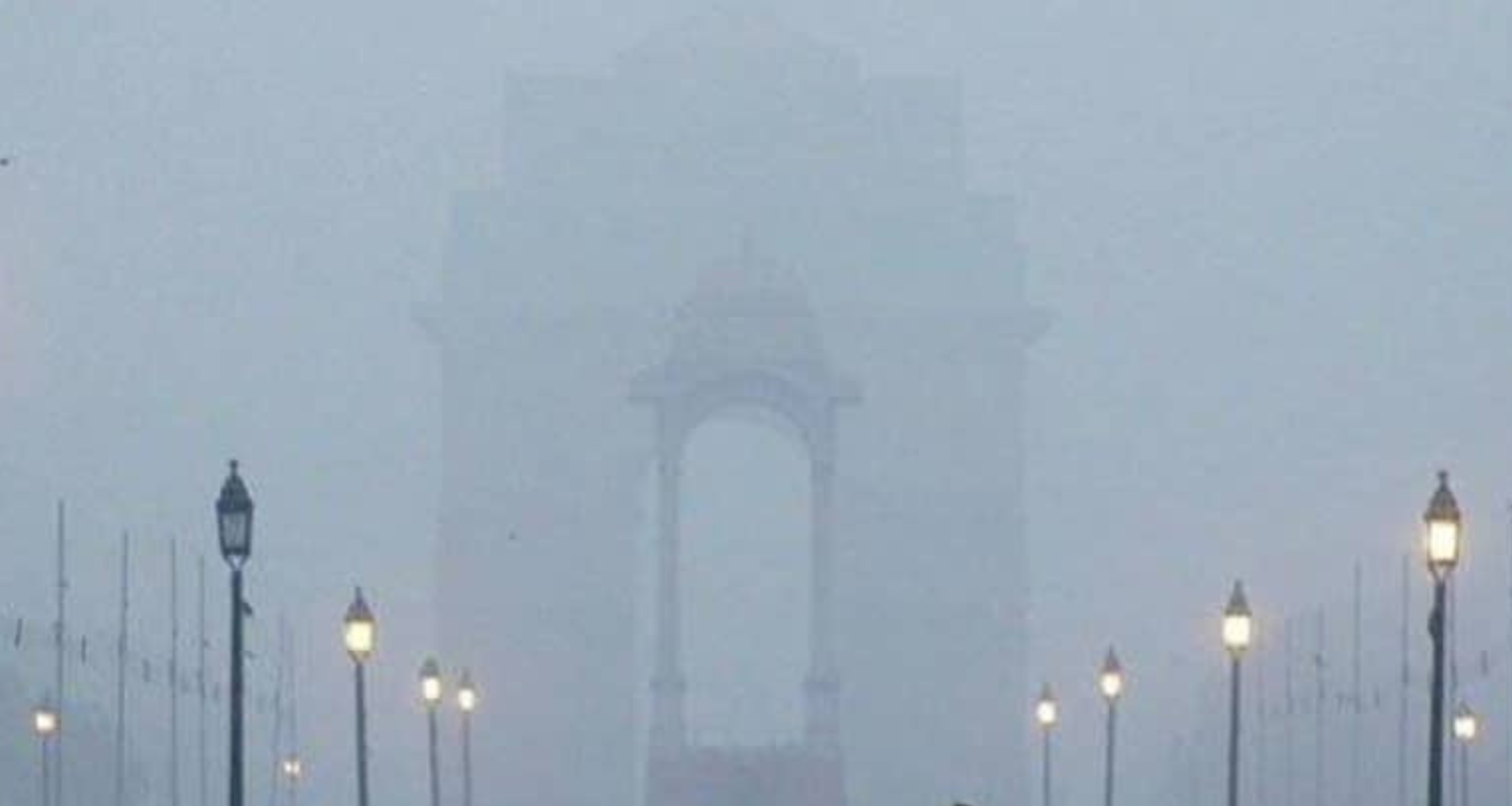
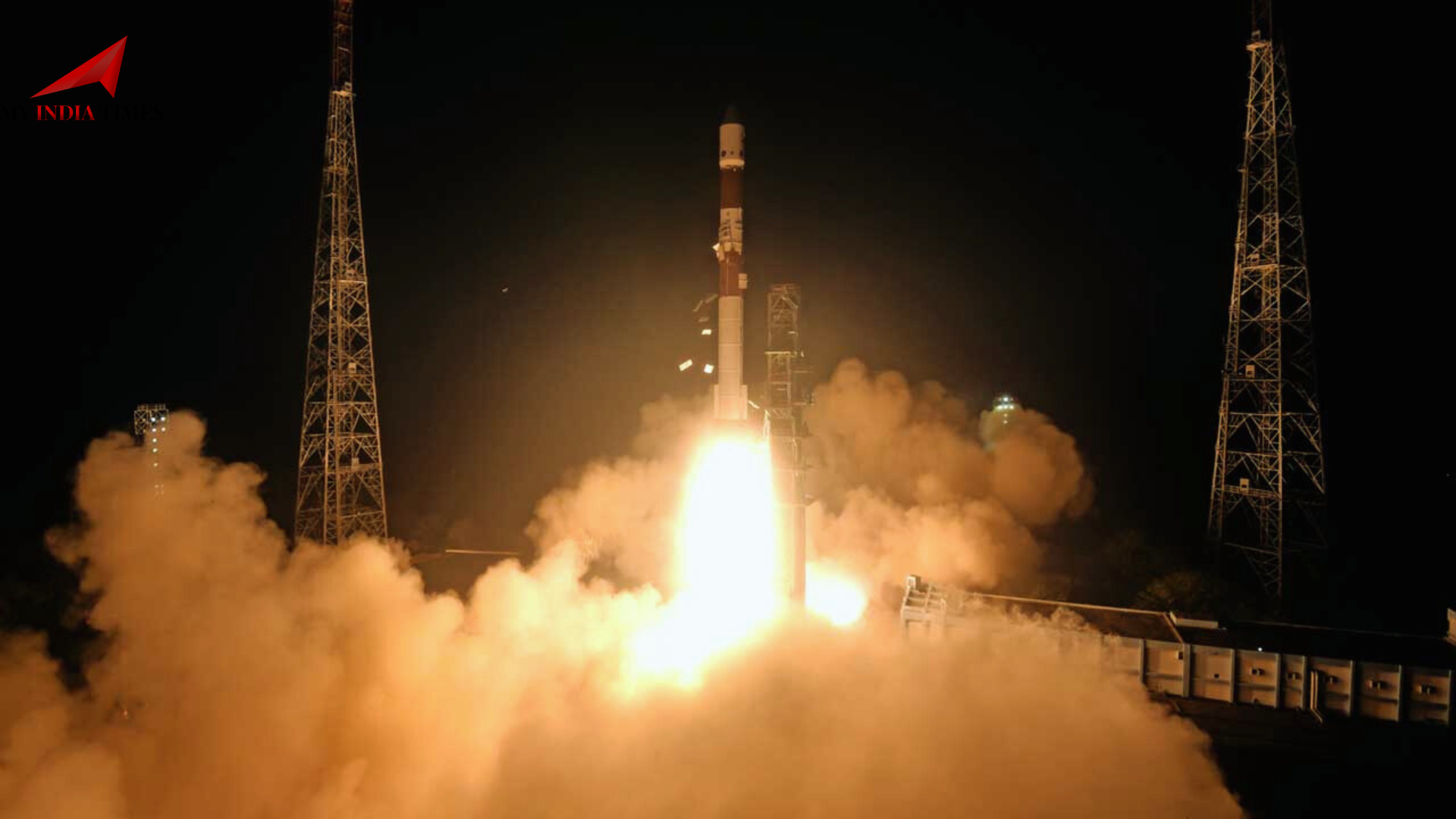
























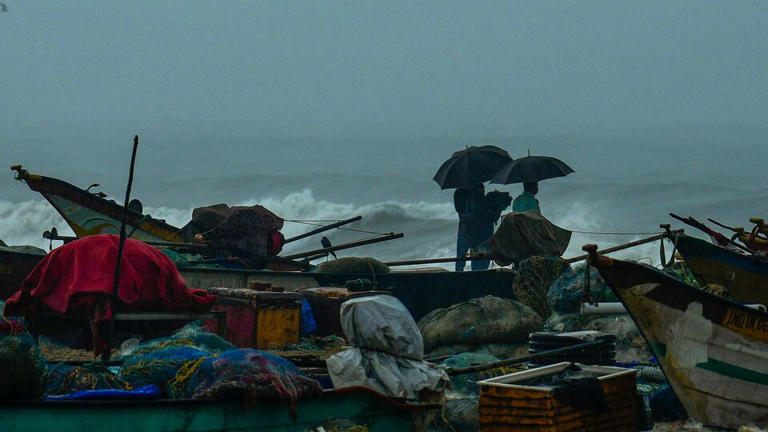


.png)
 (1).png)























